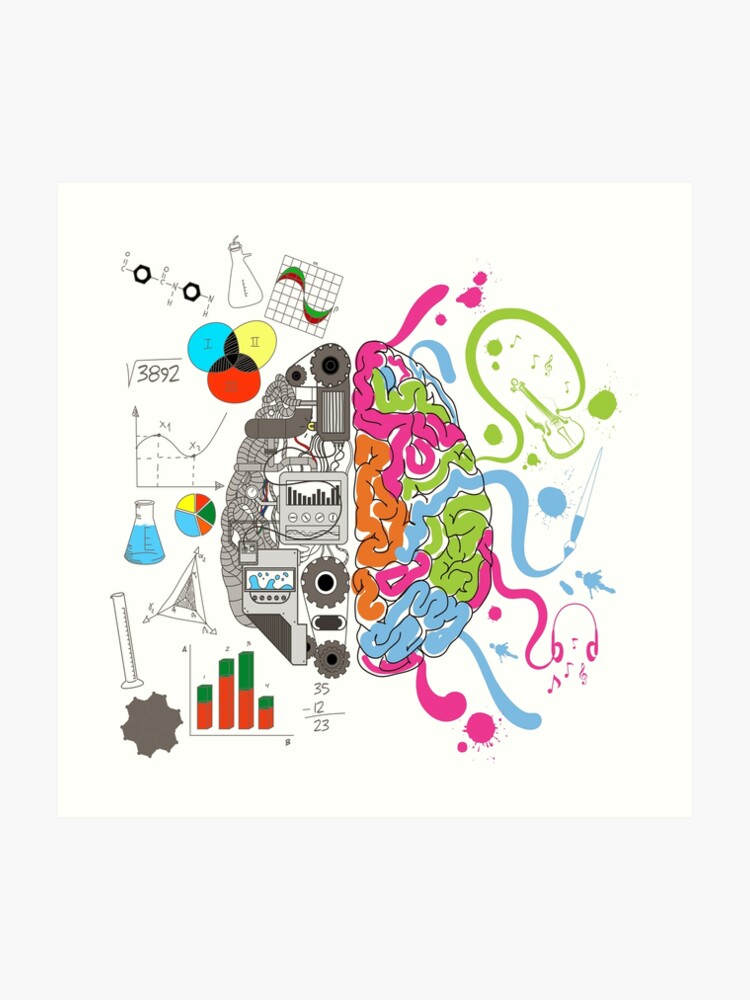Chapter 9 Notes
Amanda Adams
Does Science Tell Us the Whole Truth and Nothing but the Truth?
Karl Popper
-Popper argued that the scientific process does not work the by accumulating more and more evidence in support of general scientific principles, but it works based on attempts to falsify daring hypotheses
– Resistance to falsification replaces confirmation as the test of scientific theories
-He believes that the hypothesis itself is a product of imagination or intuition as observation
-Popper views falsifiability saying it could never be conclusively verified even though it was a genuinely scientific claim that can be tested
-“All swans are white”
-“According to Popper, we should view scientific theories not as truth but as provisional, to be retained until they have been falsified or until they have been replaced by better theories”
-Popper also challenge the traditional view that scientific observation must be theoretically neutral
-He argued that all observation is selective
-Thomas Kuhn’s theory of scientific revolutions
-Kwan’s book revolutionized the philosophy of science in called into question 2 proudest boasts of science
number 1 signs gives us the truth about what nature really is
number 2 And science is progressive, securing an even greater store of truth about nature and building steadily on the work of path scientists
– In this book he talks about normal science, paradigm, and scientific revolution
– Normal science means research firmly based upon one or more past scientific achievements
-achievements that some particular scientific community acknowledges for a time as supplying the foundation for its further practice
-Achievements that share these 2 characteristics he refers to as “paradigms” which is a term that relates closely to normal science
-Law, theory, application, an instrumentation together provides models from which spring particular coherent traditions of scientific research
-“For Kuhn science something done by real men people who are born into particular culture at a particular time learn their science out of textbooks and in classrooms and then practice what they have learned in laboratories”
-He is interested in how real scientists learn the craft and pass it onto others
-He believes that normal scientists work out answers to problems that no one has yet solved
-Kuhn’s third key term is “scientific revolutions” Suggesting “noncumulative developmental episodes in which in older paradigm is replaced in a whole or in part by an incompatible new one”
-And this is where the “Paradigm shift” occurs, meaning that one is adopting an entirely new way of looking at the world
-Kuhn pointed out that paradigm change occurs in response to experimental evidence or theoretical calculation and is carried out by argument, reasoning, counter argument, an new experimentation
-He acknowledged that paradigm change does not take place within a single paradigm but instead consists of a struggle between competing paradigms
-Kuhn argued that when a paradigm shift takes place there is a corresponding shift in what counts as a scientific fact as well
-So the result is that if there are two competing paradigms, people cant say whichever one explains all of the facts that the other explains and wins
-In his last section he introduces the idea that science is a “social practice” an activity carried out by men and women who’s interactions with one another shape what they believe
-Social factors can play a role in determining what is and what isn’t a scientific fact
-“Recent work in the philosophy of science has emphasized the social and institutional structure of science rather than portraying science is something done by isolated individuals”
















